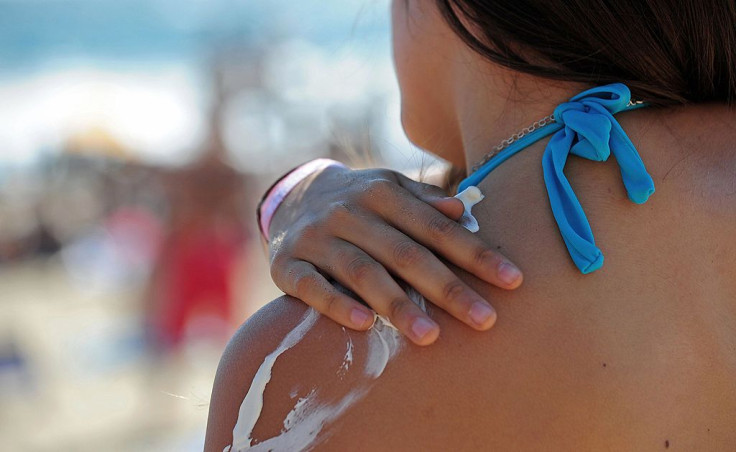Skin Cancer Prevention: How To Protect Your Skin From Too Much Sun Exposure This Summer

Hello!
With National Skin Cancer Awareness month just ending and the Memorial Day marking the unofficial beginning of summertime, we’re heading straight into peak sun-tanning season. What better time for some helpful sun protection tips from your friendly dermatologist?
Note that this will be my first summer spent in Florida, so it’s important information for me to review as well!
Protecting your skin from the sun helps prevent skin cancer, plain and simple. It doesn’t matter how dark your skin is or how easily it tans — you still need to protect it.
Sunscreen is a great start, but it’s only part of the equation. First, make sure your sunscreen is at least SPF 30 and “Broad Spectrum.” That means it protects against both UVA and UVB rays.
I’ve been asked many times, “Does sunscreen go bad?” Well, the answer is that experts agree three years is about it before it’s time to toss out the old, and purchase the new. But what I really love about this question is, if you’re asking, it probably means you aren’t using enough sunscreen!
On average, it should take about one shot glass or 2 ounces of sunscreen to cover your entire body. And don’t forget to reapply at least every 80 minutes to two hours, and more often if you’re sweating or swimming. If you’re using sunscreen the way it’s meant to be used, you’d go through it the way I go through Diet Coke.
Another question I get a lot is, “Which sunscreen is best?” Answer: The one you’re going to use. Seriously. If it’s not affordable or you don’t like the smell or consistency, you’re not going to use it. Stick, spray, lotion, oil — whichever you like best. Just make sure it’s at least SPF 30 and broad spectrum, and you’re good to go.
But remember, sunscreen is only part of an effective protection plan. Slip on a hat — broad brimmed is optimal because it protects your ears and the sides of your neck and face. But even I admit there are some activities where a baseball cap is more practical. (Like cruising out the inlet to your favorite fishing spot!)
Don’t forget about your clothing and sunglasses — long sleeves and long pants will help protect your skin, and with performance fabrics today, they often keep you cooler and more comfortable too. Polarized sunglasses are a must, especially in settings with a lot of reflected light (water, sand, etc.), and larger or wraparound frames offer greater protection.
If you do a lot of driving, consider having UV filters installed to the side windows of your vehicle. It’s inexpensive, and it will be there protecting you every day. We get an incredible amount of cumulative UV exposure through the driver’s side window, which explains why skin cancers predominate on the left side of our body. If you don’t believe me, look at your forearms and count the number of freckles on your left forearm versus your right.
See? Told you so.
And why only the side windows? Because the windshield already filters UV radiation fairly effectively because it’s composed of shatterproof glass.
When you’re out and about on foot, remember what your mother taught you. Sit in the shade whenever possible, and avoid being out in the direct sun between 10 a.m. and 3 p.m., when those UV rays are the strongest.
Last, but still so important, is the need to carefully check every inch of your skin every month or so, looking for anything new, changing, or bleeding in the way of moles or lesions of any kind.
Should you see anything questionable, it’s time to see your dermatologist and get it checked, “ASAP.” Most skin cancers can be cured if caught early enough, so early detection is key. And rest assured, should your self-exam turn up anything worrisome, the Water’s Edge office near you will find a way to squeeze you into even a heavily booked schedule.
Hope that’s all helpful. Looking forward to seeing you out, about, and sun-protected this summer!
Dr. Kerry Shaughnessy, from Water’s Edge Dermatology, is a board certified dermatologist who attended Harvard University, where she graduated with a degree in biochemical sciences and received the William Fahey House award. Her special interests include skin cancer, acne, and rosacea, as well as minimally invasive cosmetic procedures.



























